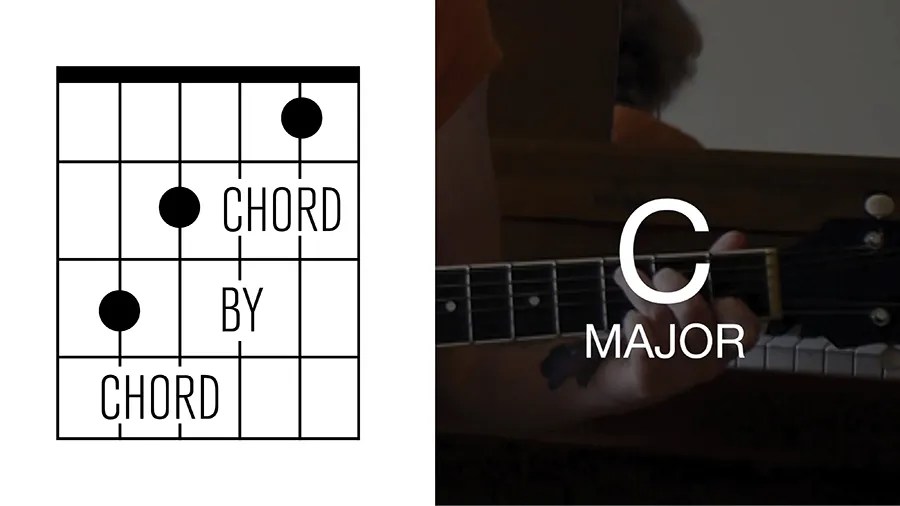The C chord on guitar is one of the fundamental chords every guitarist should learn. Known for its bright and harmonious sound, the C chord is frequently used in a variety of music genres. Mastering the C chord on guitar involves placing your fingers on specific frets and strings, creating a solid foundation for playing countless songs. Whether you’re a beginner or an experienced player, understanding how to play the C chord on guitar is essential for your musical journey.
Ways to Play C Chord on Guitar
Open C Major Chord
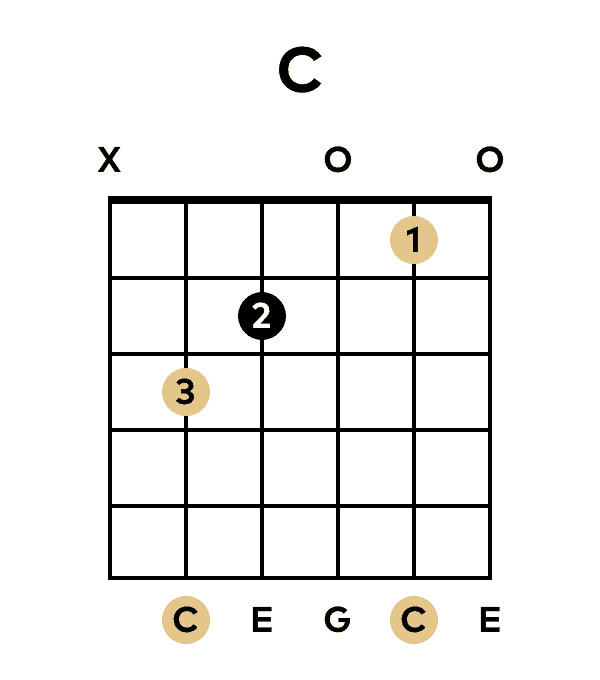
- Index Finger: 1st fret of the B string (2nd string)
- Middle Finger: 2nd fret of the D string (4th string)
- Ring Finger: 3rd fret of the A string (5th string)
- Strum from the A string to the high E string, avoiding the low E string.
C Major Barre Chord (8th fret)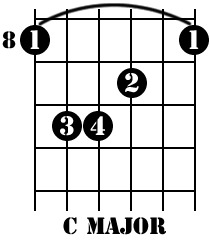
- Index Finger: Barre all strings at the 8th fret
- Middle Finger: 9th fret of the G string (3rd string)
- Ring Finger: 10th fret of the A string (5th string)
- Pinky Finger: 10th fret of the D string (4th string)
- Strum all strings
C7 Chord
- Index Finger: 1st fret of the B string (2nd string)
- Middle Finger: 2nd fret of the D string (4th string)
- Ring Finger: 3rd fret of the A string (5th string)
- Pinky Finger: 3rd fret of the G string (3rd string)
- Strum from the A string to the high E string, avoiding the low E string.
C Major 7 (Cmaj7) Chord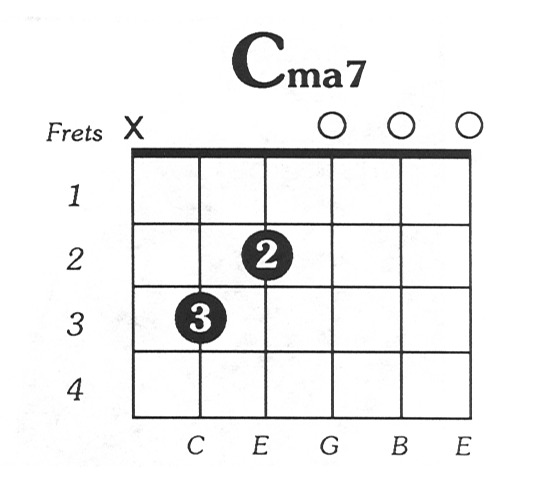
- Index Finger: 1st fret of the B string (2nd string)
- Middle Finger: 2nd fret of the D string (4th string)
- Ring Finger: 3rd fret of the A string (5th string)
- Strum from the A string to the high E string, avoiding the low E string.
C Add9 Chord
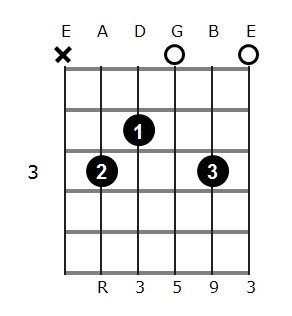
- Index Finger: 2nd fret of the D string (4th string)
- Middle Finger: 3rd fret of the A string (5th string)
- Ring Finger: 3rd fret of the B string (2nd string)
- Pinky Finger: 3rd fret of the high E string (1st string)
- Strum from the A string to the high E string.
FAQs C Chord on Guitar
1. Is the C chord hard?
The difficulty of playing the C chord on the guitar can vary depending on your experience level. For beginners, it might feel challenging due to the finger stretching and positioning required. However, with practice and proper technique, it becomes more manageable over time.
2. How many C chords are on A guitar?
- Open C chord: This is the most common way to play the C chord, using the open position with fingers on specific frets.
- C Barre chord: This involves using a barre (usually with the index finger) to fret the strings, allowing you to move the chord up and down the fretboard.
- C Major 7 chord: This variation adds the major 7th note to the C chord, creating a different sound.
- Cadd9 chord: This variation adds the 9th note to the C chord, altering its tonality.
3. What are some common variations of the C major chord?
Variations include:
- Cmaj7: Played by lifting the index finger from the C chord to open the B string (B note).
- Cadd9: Played by placing the pinky finger on the 3rd fret of the 2nd string (D note).
- C/G: Played by adding the 3rd fret of the 6th string (G note) with your ring finger.
4. What are some songs that use the C chord?
Many songs use the C chord. Some examples include:
- “Let It Be” by The Beatles
- “Brown Eyed Girl” by Van Morrison
- “Sweet Home Alabama” by Lynyrd Skynyrd
5. How can I practice the C chord effectively?
- Start by playing the chord slowly and making sure each note rings clearly.
- Use a metronome to keep time and gradually increase the speed as you become more comfortable.
- Practice transitioning between the C chord and other chords to build muscle memory.
Mastering the C chord on guitar opens up a world of musical possibilities. Whether you’re strumming along to your favorite songs or composing your own melodies, the versatility of the C chord is undeniable. With practice and dedication, you’ll soon find yourself effortlessly transitioning between chords and exploring new sounds. So grab your guitar, keep practicing, and let the C chord be your gateway to musical expression.

